What Are Injection Molded Parts?
Defining Injection Molding
Injection molding is a manufacturing process that involves converting raw plastic material into desired shapes by injecting it into a mold. This method is known for producing high volumes of parts, making it a go-to choice for mass production in various industries. The most common materials used in injection molding include thermoplastics and thermosetting plastics, demonstrating the versatility of this technology. For more detailed insights into injection molded parts, it’s crucial to understand the fundamental processes involved.
Common Uses of Injection Molded Parts
Injection molded parts are ubiquitous in our daily lives, found in an array of products ranging from consumer goods to automotive components. Common uses include:
- Automotive Components: Parts like dashboards, bumpers, and interior fittings.
- Household Items: Containers, furniture components, and plastic cutlery.
- Electronics: Housings for devices such as smartphones, laptops, and appliances.
- Medical Devices: Components for syringes, inhalers, and diagnostic equipment.
- Consumer Products: Toys, packaging materials, and sporting goods.
Benefits of Injection Molding for Manufacturers
The injection molding process offers several significant advantages, including:
- Efficiency: High-speed production paired with minimal waste material.
- Consistency: Ability to produce parts with tight tolerances and uniformity.
- Cost-Effectiveness: Reduces labor costs due to automation and generally less material waste.
- Design Flexibility: Capable of producing complex shapes and multicolor parts without additional assembly.
The Injection Molding Process Explained
Step-by-Step Overview of the Process
The injection molding process involves several crucial steps:
- Material Preparation: Pellets of plastic are dried and then fed into the injection molding machine.
- Injection: The plastic is melted and injected into a pre-designed mold under high pressure.
- Cooling: The part cools and solidifies in the mold for a duration that depends on the material and part size.
- Ejection: The finished product is ejected from the mold using ejector pins.
- Trimming: Excess material is trimmed off, resulting in the final product.
Key Components of Injection Molding Machines
An injection molding machine consists of three primary components:
- Injection Unit: Responsible for heating and injecting the plastic material into the mold.
- Mold: A tool containing a cavity where the plastic takes the final shape.
- Clamping Unit: Holds the mold closed during injection, ensuring that it can withstand the high pressure during the process.
Understanding Molds and Their Parts
Molds can be intricate constructions comprising various components designed for specific functions:
- Core and Cavity: The core is the part that shapes the interior, while the cavity shapes the exterior of the part.
- Runner System: This system allows molten plastic to flow from the injection unit into the cavities.
- Ejector Pins: These pins push the part out of the mold after it has cooled.
- Cooling Channels: Embedded within the mold, these channels help maintain an optimal temperature for efficient cooling.
Design Considerations for Injection Molded Parts
Best Practices in Mold Design
Effective mold design is crucial for ensuring a successful injection molding process. Best practices include:
- Draft Angles: Incorporate slight angles to facilitate easy ejection of the molded part.
- Uniform Wall Thickness: Ensure the walls of the part are uniform to prevent warping and ensure even cooling.
- Fillets and Radii: Use rounded edges to enhance strength and reduce stress concentrations.
Material Selection for Optimal Results
Choosing the right material is fundamental in achieving desired properties for the final part. Key considerations involve:
- Mechanical Properties: Understanding tensile strength, impact resistance, and elasticity is crucial.
- Thermal Properties: Evaluating heat resistance and thermal conductivity can impact functionality.
- Cost Considerations: Evaluate the balance between performance and material costs to determine the best option.
Common Design Flaws to Avoid
Design flaws can lead to production delays and increased costs. Common pitfalls include:
- Incorrect Tolerances: Overly tight tolerances can complicate manufacturing and increase costs.
- Inadequate Venting: Insufficient air escape can lead to defects in molded parts.
- Complex Geometries: While feasible, overly complex designs can increase production time and costs.
Applications of Injection Molded Parts in Different Industries
Consumer Products and Household Items
In the consumer product sector, injection molded parts play a vital role. Household items such as:
- Plastic containers and bottles.
- Toys, including building blocks and figurines.
- Appliances such as vacuum-cleaner components.
These applications take advantage of the cost-effectiveness and high volume capabilities of injection molding.
Automotive Parts Manufacturing
The automotive industry heavily relies on injection molded parts for their vehicles. Parts manufactured through injection molding include:
- Dashboards and interior trim components.
- Exterior components like bumpers and fenders.
- Complex assemblies such as ignition covers and air ducts.
This reliance is due to the durability and precision offered through injection molding.
Electronics and Medical Devices
Injection molded parts also find extensive use in electronics and medical industries. Examples include:
- Enclosures for electronic devices, providing both protection and aesthetic appeal.
- Medical devices such as surgical tools and pharmaceutical packaging, where precision is critical.
- Wireless device casings designed for both durability and weight savings.
The increasing demand for lightweight and durable solutions continues to drive innovation in injection molding for these sectors.
Future Trends in Injection Molded Parts Production
Innovations in Materials and Technology
The future of injection molded parts is brighter than ever, driven by innovations in materials such as:
- Biodegradable plastics for sustainability.
- Advanced composites that enhance strength-to-weight ratios.
- Smart materials that can change properties in response to environmental conditions.
These advances aim to meet consumer demand for eco-friendly and high-performance products.
Sustainability Practices in Injection Molding
Sustainability is becoming increasingly important in manufacturing practices. Injection molding is adapting with:
- Recycling and reusing scrap materials to minimize waste.
- Implementing energy-efficient machinery to reduce carbon footprints.
- Using biodegradable and recycled materials in production to lessen environmental impacts.
Businesses adopting these practices can benefit from both cost savings and improved public perception.
Market Growth and Opportunities
The injection molding market is projected to experience significant growth as demand increases across various sectors, such as:
- Consumer electronics requiring more intricate and lightweight designs.
- Automotive innovations calling for enhanced performance parts.
- Medical advancements pushing for precision-engineered components.
Manufacturers that can adapt to these changing needs and innovate their processes will find ample opportunities for growth in the coming years.
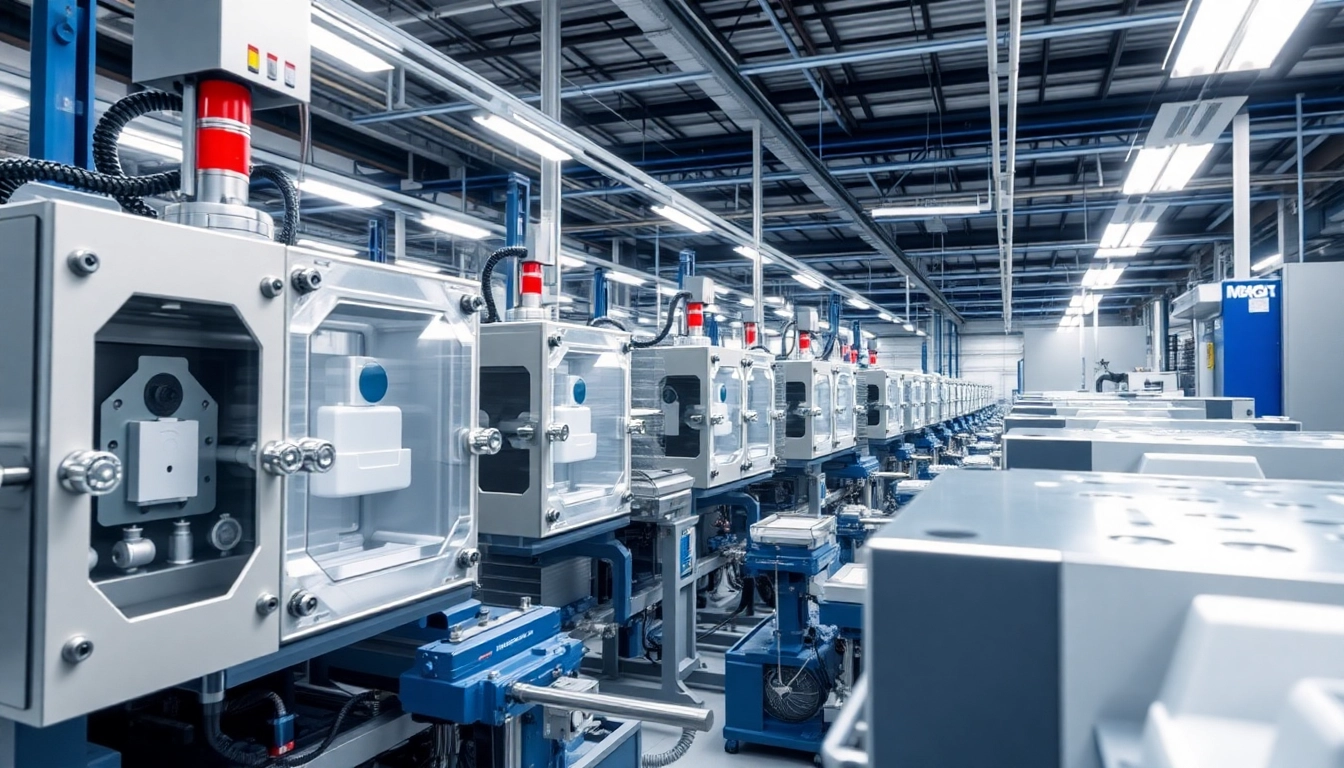

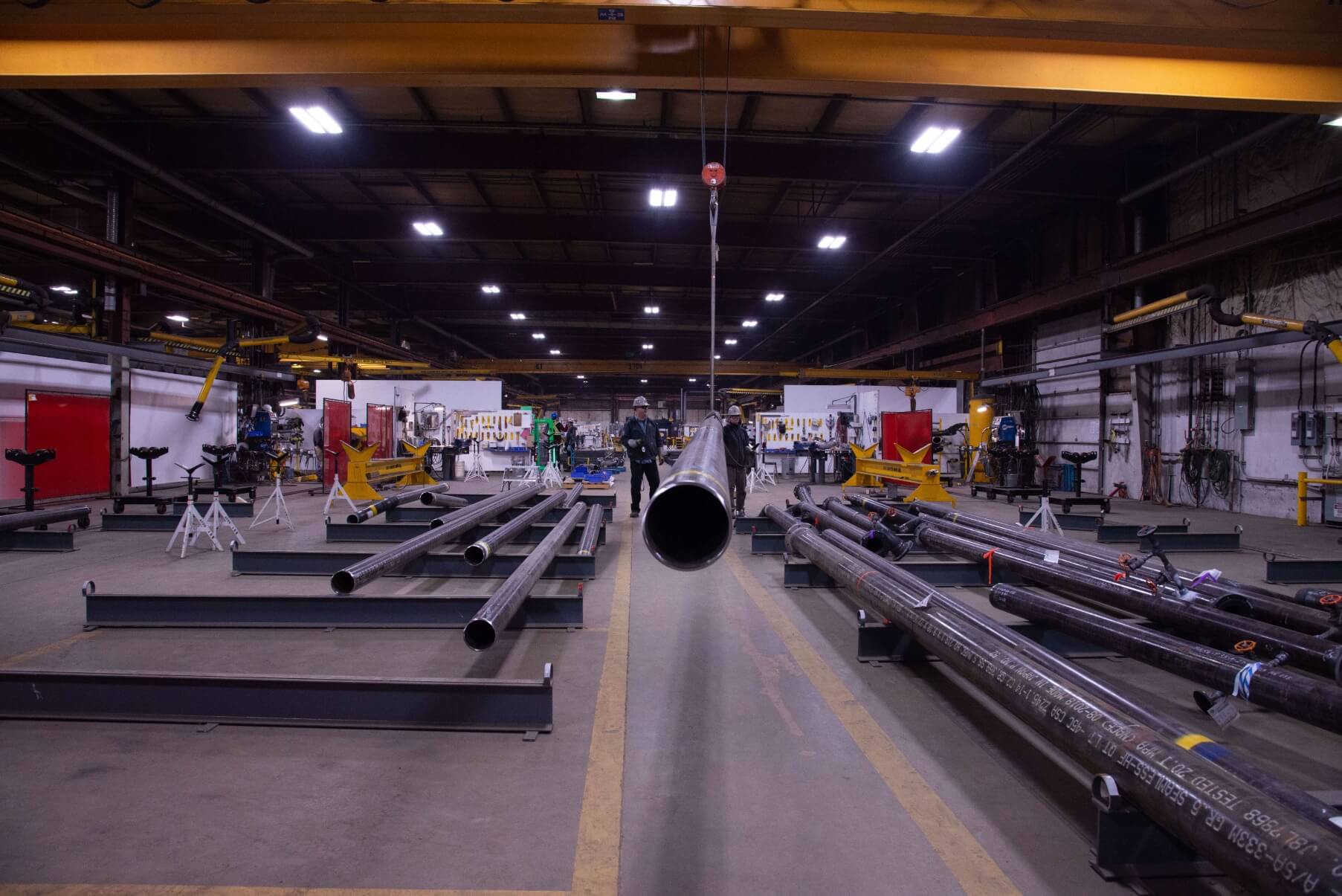

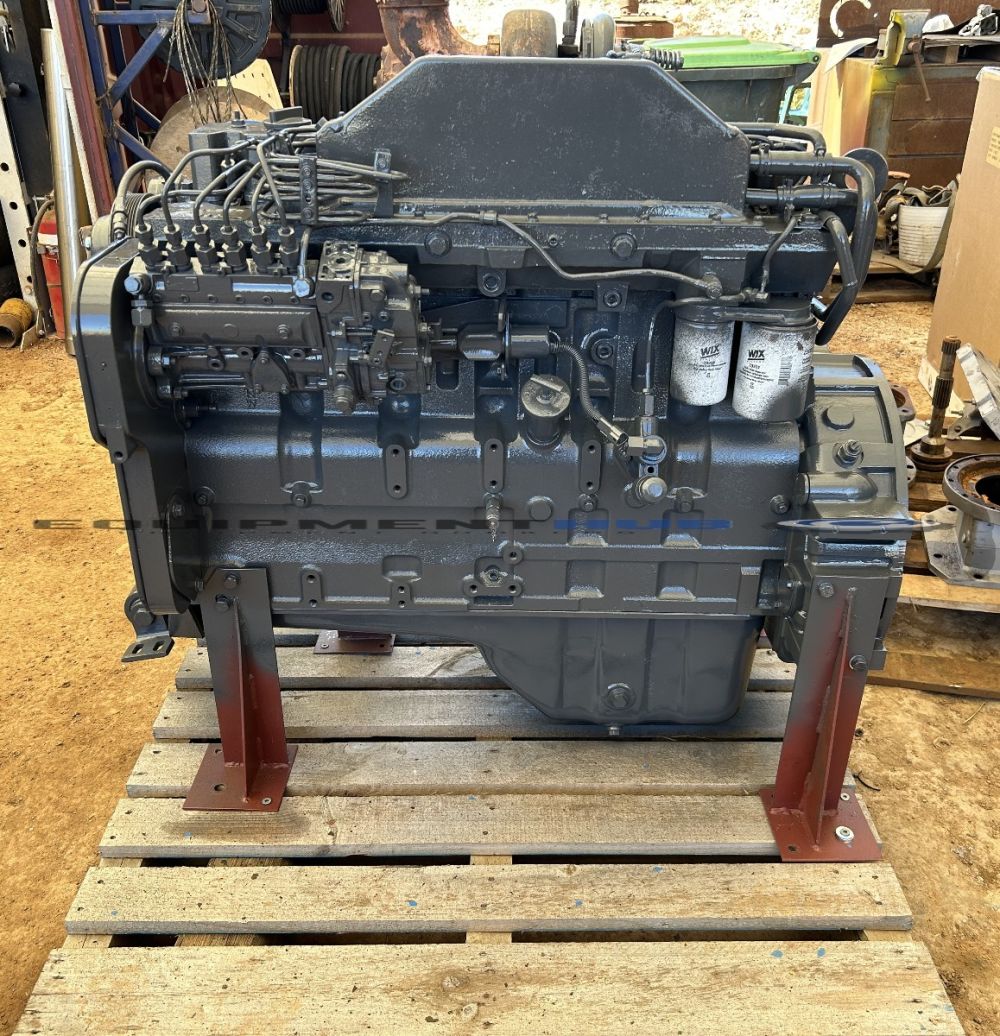




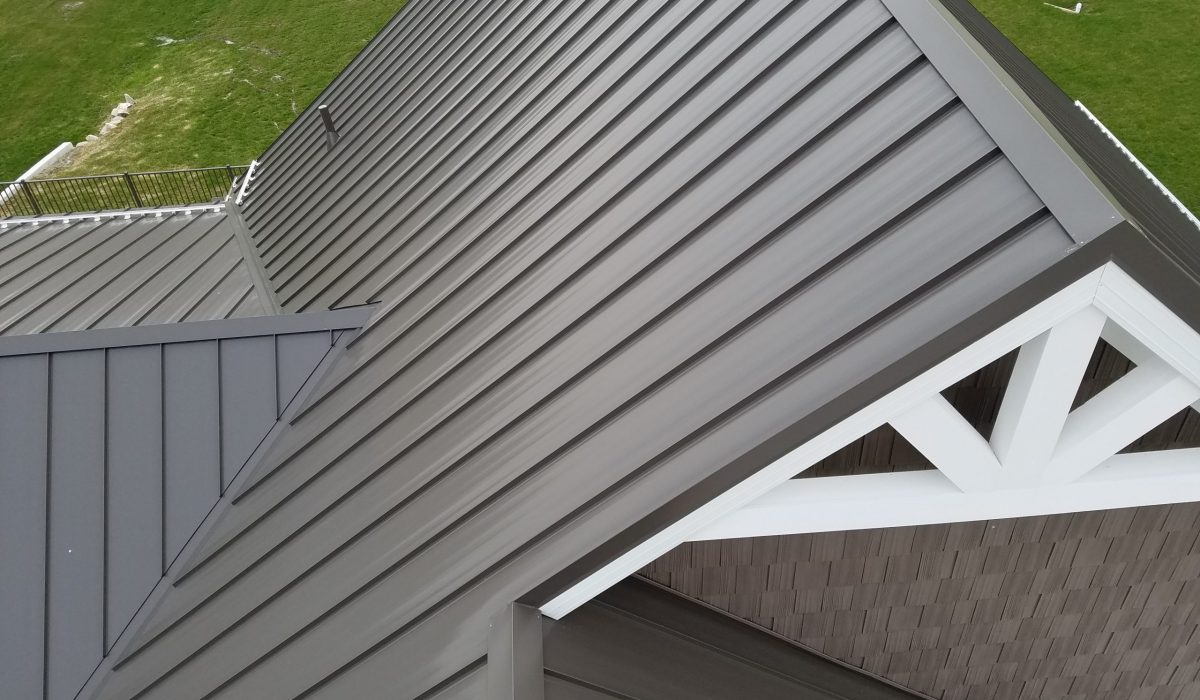
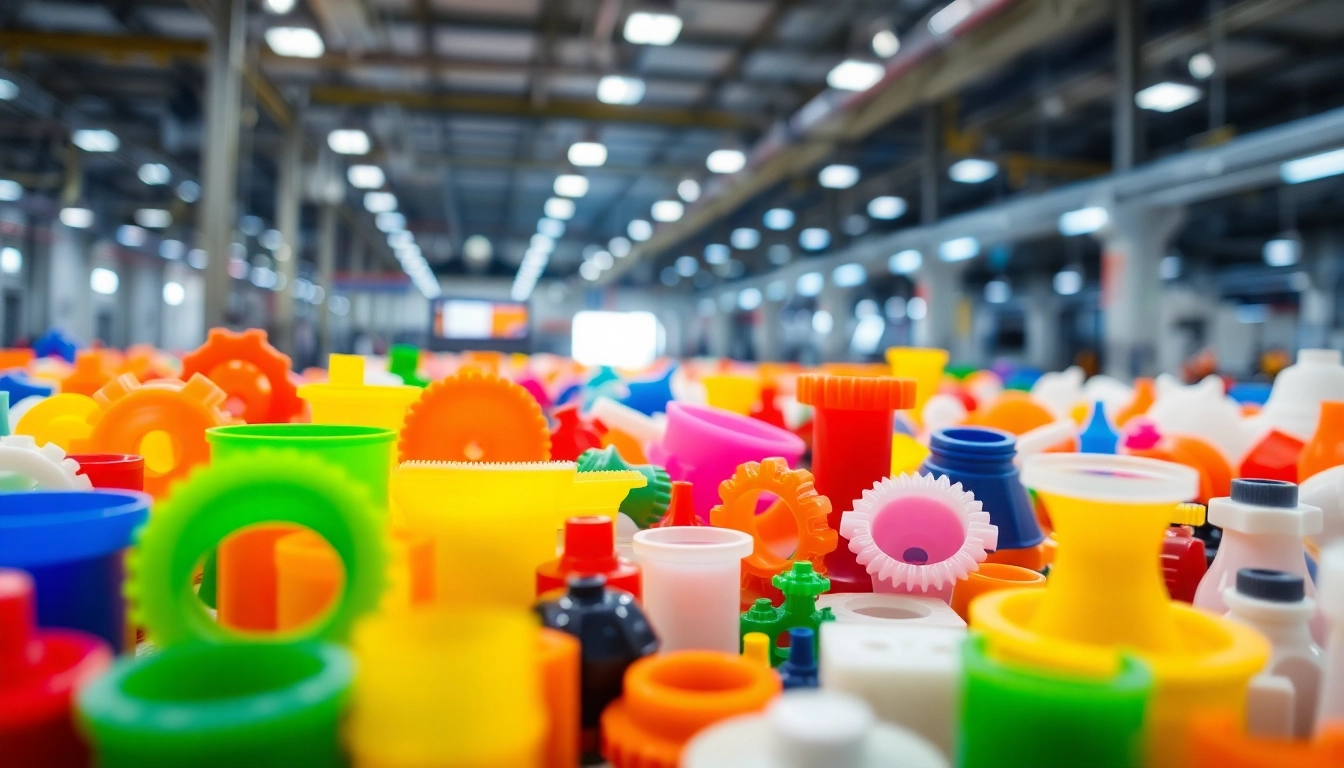




Leave a Reply